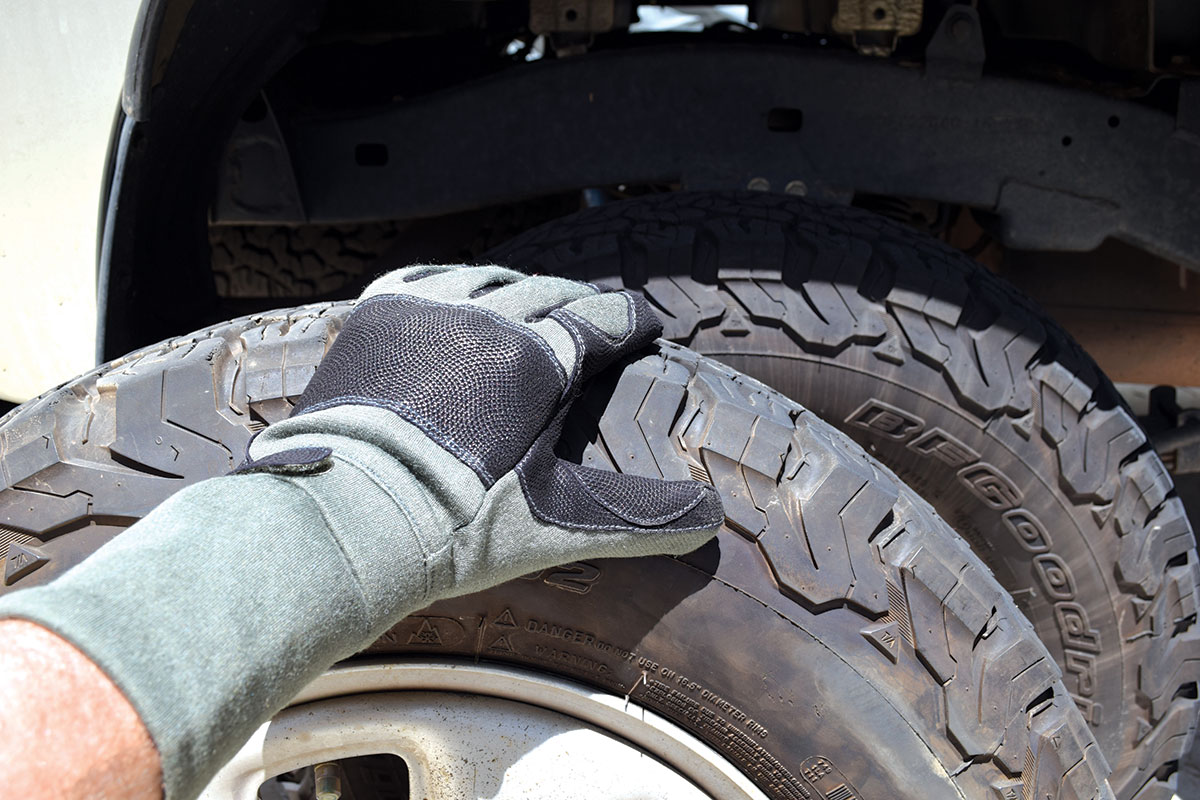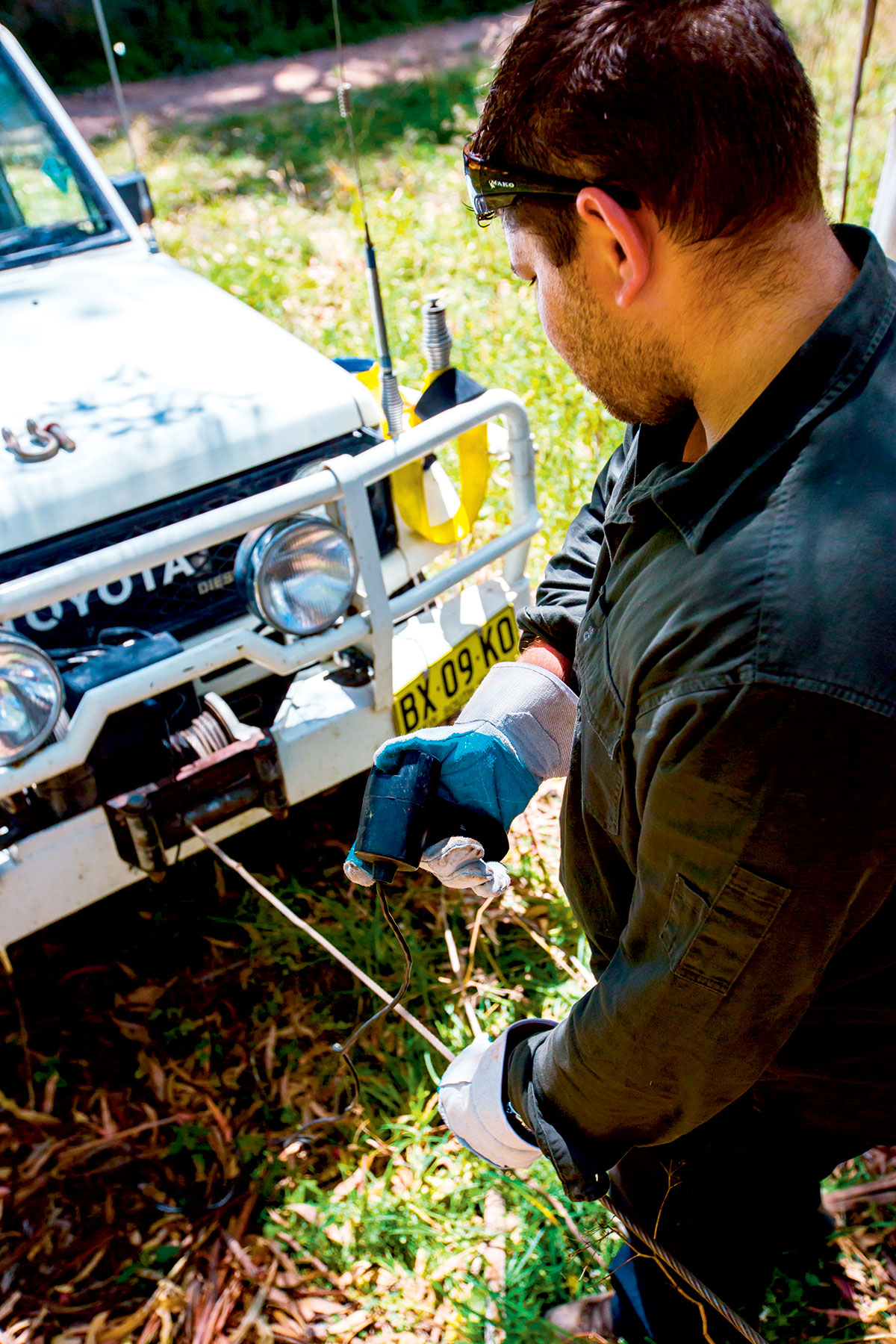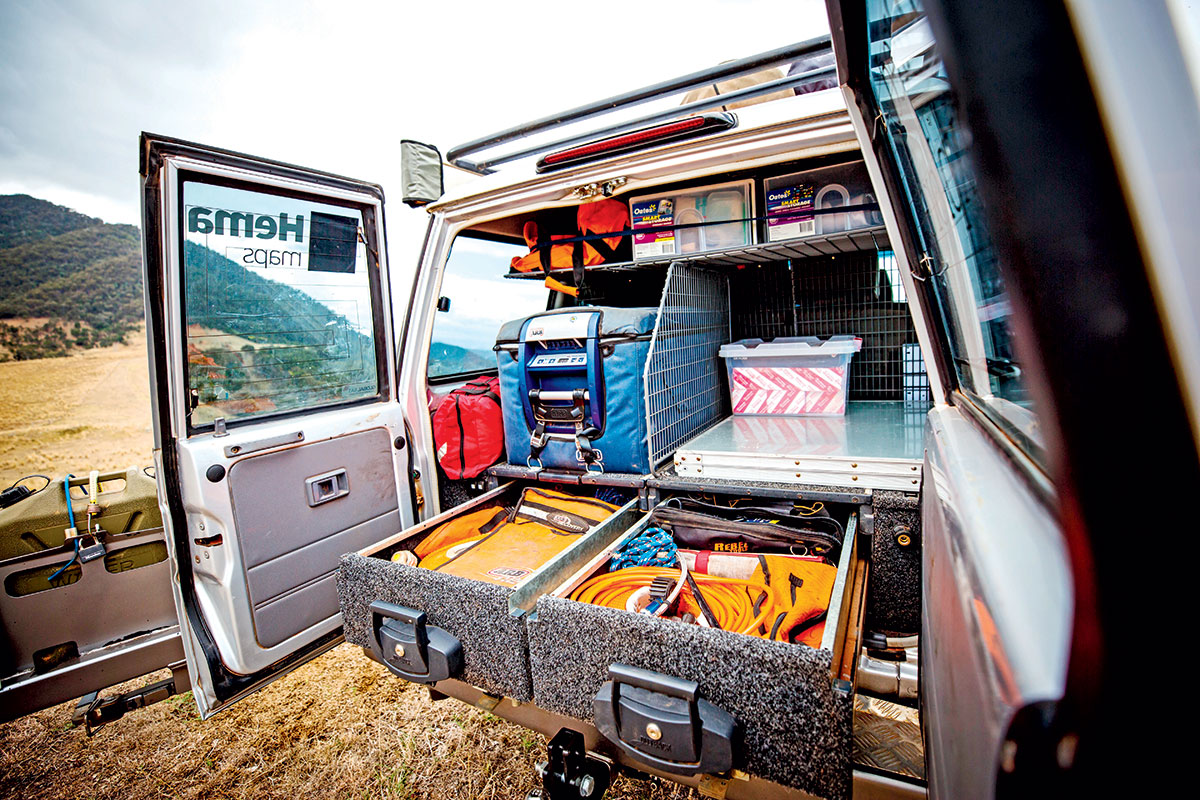Travelling to the outback areas of Australia is a highly rewarding and special experience. However, being so far from civilisation means you need to have certain safety gear on board your touring vehicle in case the worst-case scenario occurs. Having the right gear with you gives you the peace of mind that you can tackle any situation on the road, and importantly, be able to help your fellow wanderers should you come across someone in need of help.
One of the key responsibilities that everyone has when travelling on the open road is self-sufficiency, so next time you’re loading up your rig, here are a few things to consider.
Being seen
If you’re headed to remote areas and there’s a chance you’ll need to attract attention, you can borrow some boating safety hallmarks and pack a couple of flares and a flare gun and a V sheet (an orange plastic sheet with a large black ‘V’ on it) to get the attention of passing aircraft.



Bright torches and additional lighting that’s powered independently to your vehicle or trailer may also be necessary once the sun goes down.
Protection
It’s always a good idea to have protective gear on board your vehicle, especially if you’re travelling far from home into the great outdoors. You can never know what sort of road obstruction you could come across in the outback, so it’s important to be prepared.
If you’re undertaking any repairs on the run, or even just chopping up firewood, be sure to slap on a pair of safety goggles.
A solid pair of gloves will be another handy addition to your kit, as will a sturdy pair of enclosed shoes or boots … yes, thongs are incredibly comfy but are not the best for traversing challenging terrain in case of an emergency.

Mechanical
Running into a mechanical issue on open (and empty) outback roads can be incredibly stressful. You’re unlikely to be able to fix every single kind of mechanical malfunction, however, you should be able to prevent them from evolving into all-out catastrophes. (The best way to avoid this is to have your vehicle serviced before embarking on any long distances.)
A fire extinguisher and fire blanket should always be present in your camper and are crucial for any kind of touring. A small oil spill kit is also a useful accompaniment to a fully loaded toolkit.
Offroad recovery
Being bogged in the middle of nowhere can cause a world of pain IF you don’t have any recovery gear on board. That’s why we never omit recovery gear from these lists as it’s more essential to remote touring than many realise.
We therefore recommend bringing a long-handled shovel and a pair of traction boards, such as MAXTRAX. These items will become two of your favourite things in soft soil or sand. (Check out Tim van Duyl's review of the MAXTRAX XTREME to find out more). And, as it’s necessary to deflate your tyres prior to rolling onto the soft stuff — thereby increasing surface area — you’ll need a pressure gauge and an air compressor to pump them back up once you reach the road.
Be aware that snatch straps and shackles are subject to incredible force, so ensure yours are rated sufficiently and always use a dampening blanket. If you don’t want to fork out the cash for an electric winch, then a hand winch is also an option, but these should never be used with dynamic components such as snatch straps, so be sure you have the appropriate chains and such. You should also be aware that it’s a bit of a workout to use hand winches, so be prepared for that if you choose this option.

Lastly, a Hi-Lift Jack is one of the most versatile pieces of touring gear you’ll come across, and they can be purchased with a number of accessories for multiple uses, including basic hand winching. And a jacking plate or solid piece of wood will be a useful addition for unstable surfaces.
A handy checklist for you
To make things easier for you, we’ve compiled a handy checklist of safety gear drawn from the above article (and some extras):
- First aid kit
- Toolkit
- Sturdy shoes
- Gloves
- Safety goggles
- Dust mask
- Bright lights
- Communication devices
- Fire blanket
- Spill kit
- Fire extinguisher
- Shovel
- Recovery boards
- Air compressor
- Snatch straps
- Shackles
- Hi-Lift Jack
- Dampening blanket
- Winch (electric or hand)
- Tree protector
THE NEXT STEP
Are you ready to experience the freedom of the open road? Don't wait - Find your dream getaway now!
RELATED ARTICLES:
Seven products to make your life easier when camping





